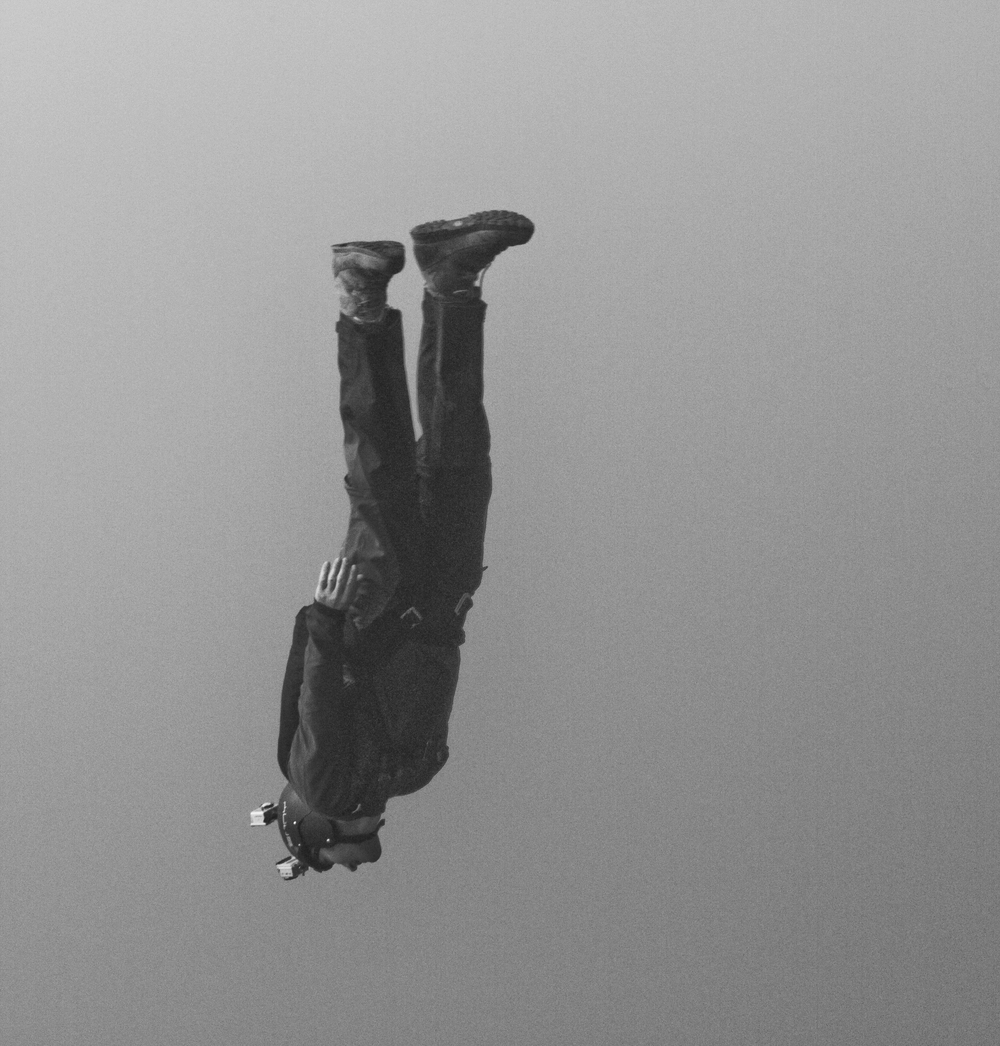If you want to stop bubonic plague, killing as many cats and dogs as possible is probably not the most effective gambit. But that’s what the Mayor of London opted to do in 1665, putting down nearly a quarter-million predators of rats, which carried the lethal fleas.
While we have a far greater understanding of epidemiology than our counterparts in the 17th century, we still probably accept some asinine ideas as gospel. In a Medium essay, Weldon Kennedy questions our faith in ourselves, naming three contemporary beliefs he feels are incorrect.
I’ll propose one: It’s wrong that children, who are wisely banned from frequenting bars and purchasing cigarettes, are allowed to eat at fast-food restaurants, which set them up for a lifetime of unhealthiness. Ronald McDonald and Joe Camel aren’t so different.
Kennedy’s opening:
In 19th century London, everyone was certain that bad air caused disease. From cholera to the plague: if you were sick, everyone thought it was because of bad air. It was called the Miasma Theory.
As chronicled in The Ghost Map, it took the physician John Snow years, and cost thousands of lives, to finally disprove the Miasma Theory. He mapped every cholera death in London and linked it back to the deceased’s source of water, and still it took years for people to believe him. Now miasma stands as a by-word for widely held pseudo-scientific beliefs widely held throughout society.The problem for Snow was that no one could see cholera germs. As a result, he, and everyone else of the time, was forced to measure other observable phenomenon. Poor air quality was aggressively apparent, so it’s easy to see how it might take the blame.
Thankfully, our means of scientific measurement have improved vastly since then. We should hope that any such scientific theory lacking a grounding in observable data would now be quickly discarded.
Where our ability to measure still lags, however, it seems probable that we might still have miasmatic theories.•
Tags: Weldon Kennedy

